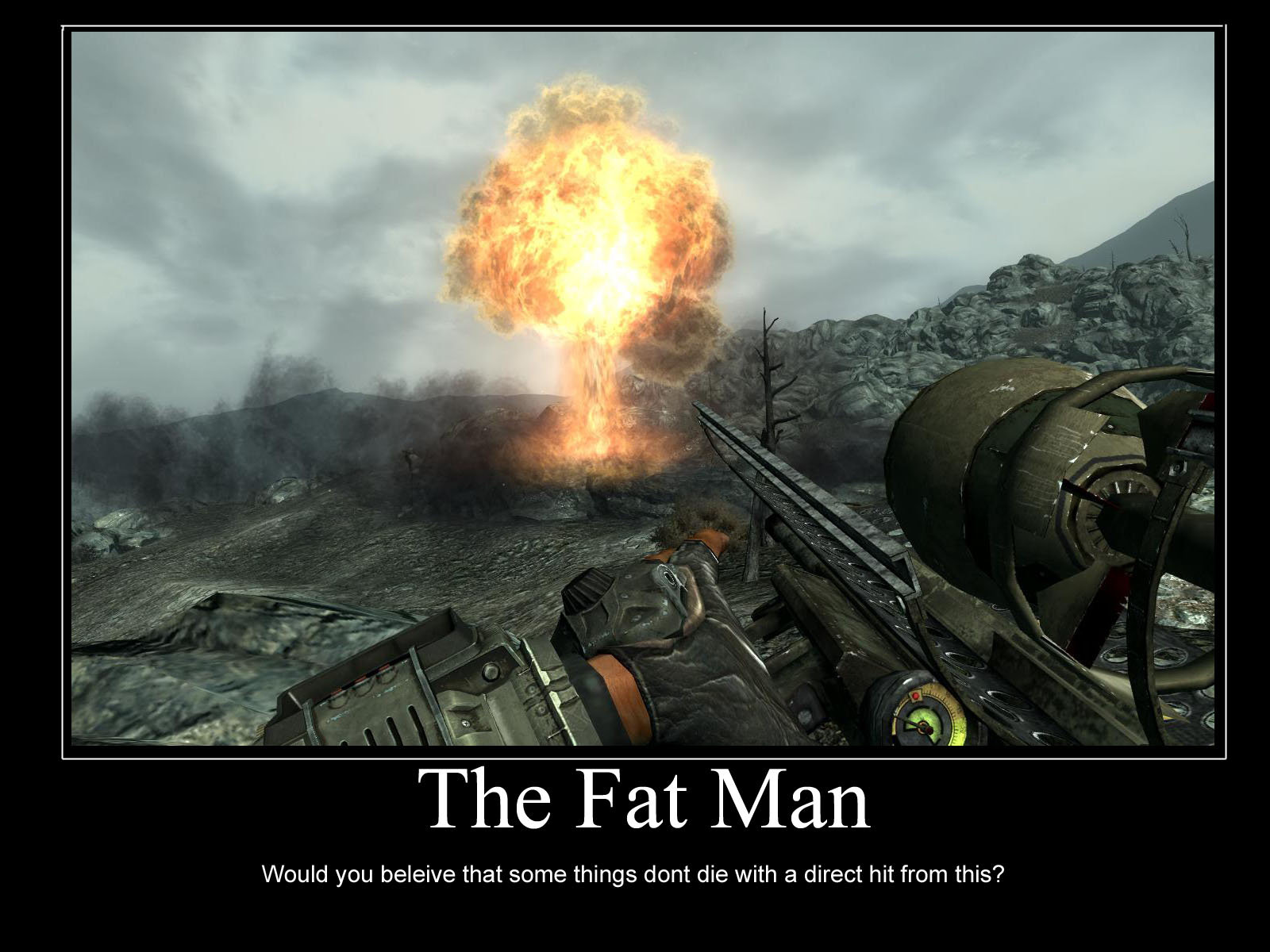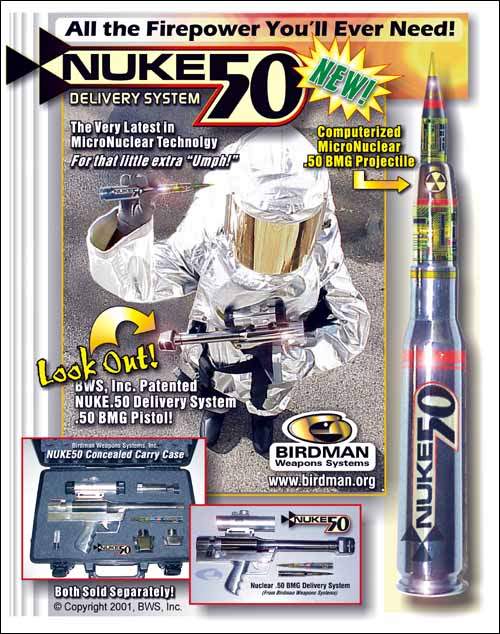

Reminds me of every episode of EUREKA.
Which isotope has a critical mass under 5 lbs?
The future could include anarchist nano scale technology. I hope the USA will look into these new technologies because for sure the Russians, Chinese, and Saudies will be.
Here is an example of how far they got with a weapon that was actually deployed by NATO in Europe 50 years ago. If the total warhead was 53 pounds, the nuclear material was probably some fraction of that. A lot of weight would have been used to keep the nuclear materials apart and allow the device to withstand the shock of being fired.
I am interested in the Astor Torpedo also. This was a nuclear torpedo carried by our submarines which had a yield about equal to Hiroshima. They said it was safe to fire, because the submarine would have its capability degraded by only 5%. My question was always for the submarine hundreds of feet underwater, and depending upon a host of mechanical devices functioning properly, which 5% was going to be degraded?
Davy Crockett (nuclear device)
https://en.wikipedia.org/wiki/Davy_Crockett_%28nuclear_device%29
Two words, Starship Troopers...
No. Not happening. With all we have done in the field, we still haven’t succeeded with fusion, and that’s projects the size of a shopping mall. As for fission, that’s been done at about 50 pounds, but almost none of that weight is miniaturizable electronics - it’s fissile material, explosives, and scaffolding to maintain the geometry.
Shiva used lasers the size of buildings (okay, that was mostly the capacitors to store the charge for firing the lasers, but the lasers themselves were huge and had to be huge to deliver that much power). Nova was even more powerful and even larger.
National Ignition Facility is also gigantic, with enough concrete to cover a football field to a depth of more than 30 yards, plus enough steel to build a large warship. You need that much structure for stability. The hydrogen isotope targets hit by the laser are small, but you cannot deliver power above a certain threshold from a small laser - the air ionizes and no longer transmits power to a single point. Alternately, if you try to do it in a vacuum, there is a limit to how much power can be transmitted within the laser cavities before you run into the same issues. Put the lasers outside the vacuum, and you cannot transmit power through the windows into the vacuum. Put the lasers inside the vacuum, and your vacuum chamber has to be heavy (and huge).
Whether you use solid lasers (neodymium or similar) or gas (CO2) lasers, random variation in molecular motion places limits on power transmission. Do the math on laser fusion project, and you run into these limits. I’ve seen the facilities, which are by necessity large. Fusion cannot be miniaturized to anywhere near the level discussed.
As for fission, yes, there are isotopes with relatively small critical masses. There are complex designs that can take advantage of those isotopes. However, miniaturizing the explosives for fusion to get something “compact enough to fit into a pocket or purse and weigh about 5 pounds” is absurd. Even if your delivery system is a suicide bomber, you cannot beat the mass ratios imposed by physics. You need a certain amount of explosive relative to your critical mass, and you need a certain amount of support structure relative to your amount of explosives. Even with the electronics miniaturized, the rest of the device mass is limited by physics to several times the size mentioned.
I left out some details for obvious reasons, but the bottom lime is simple: Not happening.
Reminds me of some of Michael Crichton’s last books.
The Five Stupidest Nuclear Weapons
http://www.weirdworm.com/the-five-stupidest-nuclear-weapons/
Our topic of discussion is mentioned.
